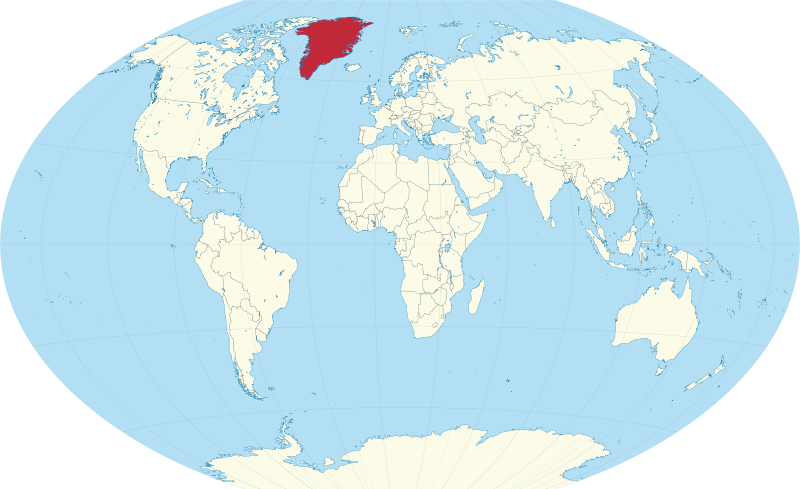
Story Highlights
- Historical event:
- 21 June 2009
- Given that it is an autonomous country, Greenland today has its own parliament. This parliament has only 31 MPs, and meets in the Greenland capital of Nuuk. Indeed, Greenland also has a prime minister, i.e. head of government.
On this day in the year 2009, Greenland gained autonomy from Denmark.
Greenland is the largest island in the world with 2,166,086 square kilometers (about the half of the European Union). It is interesting that Greenland is larger than Saudi Arabia and Mexico. In fact, Greenland is larger than all the islands of Indonesia (it consists of about 13,500 islands with 240 million inhabitants).
A population of only about 57,000 inhabitants makes Greenland the least densely populated territory in the world. Ice covers approximately 80% of Greenland’s surface. This layer of ice, which reaches the thickness of up to 3,000 meters. In total, there are about 2,600,000,000,000,000 tons of ice on Greenland. If all that ice were to melt, the global sea level would rise for 7.2 meters.
Most of Greenland’s population lives along the fjords in the south-western coast of the island, facing Canada. The capital of Greenland is Nuuk, which is also the largest settlement on the island. Nuuk is the northernmost capital of the world, and one of the smallest capitals in general (including the capitals of autonomous territories, not only sovereign states).
As it is autonomous from Denmark, Greenland today has its own parliament. This parliament has only 31 MPs, and meets in the Greenland capital of Nuuk. Indeed, Greenland also has its own prime minister, i.e. head of government (Aleqa Hammond became the first female Prime Minister of Greenland in 2013).




